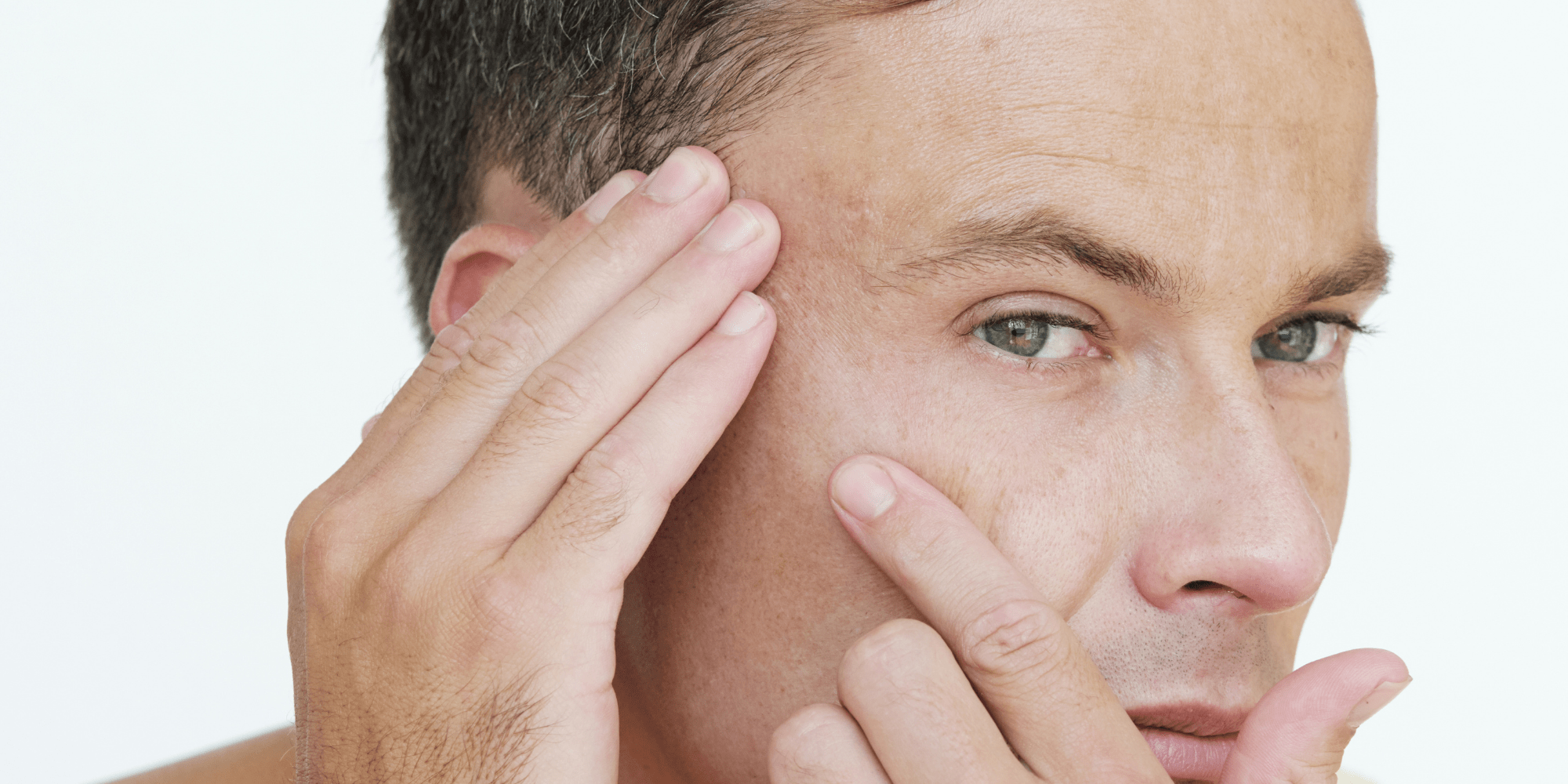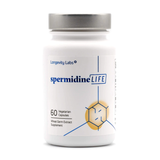
There’s no way around it, none of us are excited by the prospect of aging. To better manage the aging process, it’s important that you understand the aging process. By understanding some of the basics, you will have a better grasp of how to slow the unwanted side effects of aging.
What is The Science Behind Aging?
Understanding the science of aging will help you get a better grasp of the aging process and what you can do to slow it down. Aging is a 24/7 biological process that results in cellular wear and tear and cell senescence. This will eventually lead to decreased viability and eventual cell death.
Telomeres, which are eukaryotic chromosomes, are believed to be one of the biggest culprits of chronological aging. With each cell division, human telomere length shortens. Even in relatively inactive skin, fibroblast cells, more than 30% of the telomere length will vanish during adulthood.
What Are the First Signs of Aging?
Usually, you will begin to see the first sign of aging on the skin in your 20s. The first signs of aging appear around our eyes in the form of crow’s feet and drooping upper eyelids. Upper lips will begin to sink and fine lines will begin to form around the nose.
In your 30s, vertical lines will begin to develop from your facial expressions that will get deeper as you age. These include frown lines and laugh lines. Throughout your 40s, you will lose volume and elasticity, which will cause facial lines and folds to sag even more. Physical changes can bring on the psychological changes of aging. As failing eyesight, hearing loss, and other physical changes take place, negative emotions such as sadness, anxiety, loneliness, and lowered self-esteem can also manifest. These psychological changes can lead to social withdrawal and apathy which can lead to depression.
What is the Normal Aging Process?
Everybody is going to go through the aging process and everyone is going to go through it at different times. That makes it nearly impossible to pinpoint what exactly ‘normal aging’ is. Things such as presbyopia, the thickening of the lens of the eye making it difficult to focus on close objects, are considered normal and unavoidable.
On the flip side, you have symptoms of ‘normal aging’ which can be considered avoidable such as tooth loss. While tooth loss is common with aging, regular dentist trips, fewer sweets, and consistent brushing and flossing can help reduce tooth loss and decay. Understanding what to expect during ‘normal aging’ will help you determine what’s healthy and what’s avoidable.
What Are the Types of Aging?
There are five different types of skin aging: intrinsic, extrinsic, lifestyle, hormonal, and catabolic. Intrinsic aging reflects the passage of time from gravity and genetics while extrinsic aging is attributed to photoaging and smoking. Here are the five different types of aging better explained:
- Intrinsic aging - This is a slow process that involves developing fine wrinkles that are not apparent until old age
- Extrinsic aging - This aging is due to chronic exposure to solar ultraviolet irradiation and smoking. These wrinkles are more deep and coarse
- Hormonal and catabolic aging - The skin is a hormone-dependent organ, and the decline of hormonal secretions during menopause accelerates skin aging
As mentioned earlier, some of these can be avoided by avoiding certain lifestyle choices such as extrinsic aging.
What is the Major Difference Between Primary Aging vs Secondary Aging?
Primary aging vs secondary aging follows along the same lines as intrinsic aging and extrinsic aging. Primary aging is the gradual and inevitable process of bodily deterioration that will occur throughout life. This is the accumulation of biochemical damage that leads you to slowed movement, faded vision, impaired hearing, and reduced ability to adapt to stress.
Conversely, secondary aging is aging attributed to disease and poor health practices which are preventable. You can avoid this aging by exercising, not smoking, and eating healthy. As of right now, primary aging is inevitable and something we will all go through the older that we get.
What is Normal Brain Aging?
Our skin isn’t the only thing affected by aging. Our brains will gradually change as we get older and much like our skin, our brains will all age at a different pace. Here are some common changes (2) that are associated with normal aging:
- Trouble learning something new - It becomes more difficult to retain new information
- Multitasking - As processing slows, it becomes more difficult to plan parallel tasks
- Remembering names - Strategic memory, which helps remember names and numbers, begins to decline at age 20
- Remembering appointments - Without proper cues, remembering appointments can be difficult unless the memory is jogged
Many of these changes come because of shrinkage of brain mass, thinning of the outer-ridged surface of the brain, white matter, and less chemical messengers being generated by neurotransmitter systems.
What Are the Major Causes of Aging?
Many factors play a role in aging. Recognizing these factors can help slow down premature aging. Here are some causes of aging skin:
- Collagen breakdown - Collagen represents 75% of the skin’s dry weight. Slowing down the breakdown and degradation of collagen can help you look younger
- Photo defense - Exposure to UV radiation from the sun accounts for almost 90% of symptoms of premature skin aging. Overexposure to UV radiation can lead to skin damage and skin cancer
- Oxidation - This process starts with free radicals that can damage any molecule in the body, including the cellular structures found in the skin
- Inflammation - Inflammation actually helps your body fight off foreign invaders such as bacteria and viruses. However, excessive inflammation can cause early-onset skin aging
- Glycation - Eating too much sugar can cause skin proteins to lose their ability to function properly. Glycation occurs when excess bodily glucose molecules link to the skin’s collagen and elastin fibers
What Are the Three Major Theories of Aging?
There are several different major theories of aging, but some are more accepted by the research community than others. Each of these theories has sub-theories. Here are some of the most popular theories of aging:
- The programmed theory - This theory states that aging is the result of a sequential switching on and off of certain genes
- The damage or error theory - This theory states that vital parts in your cells and tissues wear out resulting in aging
- Endocrine theory - A biological clock controls hormones and the pace of aging
- Immunological theory - This theory states that the immune system is programmed to decline over time
All of these theories share similar beliefs. At some point, our bodies will inevitably break down. Where these theories differ is how aging comes about.
Supplements That Can Slow Down Aging
Taking care of your body with a proper diet, exercise routine, and supplement regimen can help you increase your longevity. Supplements, such as a spermidine supplement, can help you live a longer life by inducing autophagy throughout your body. Autophagy is the body’s process of replacing older, potentially damaged cell parts, with newer healthier ones.
This process becomes increasingly important as you get older and your cells become more and more worn down. Supplements can be beneficial because it can be difficult to get your recommended daily intake of spermidine through your diet alone. By taking a spermidine capsule with your dinner, you ensure that you always get your daily dose of spermidine.







